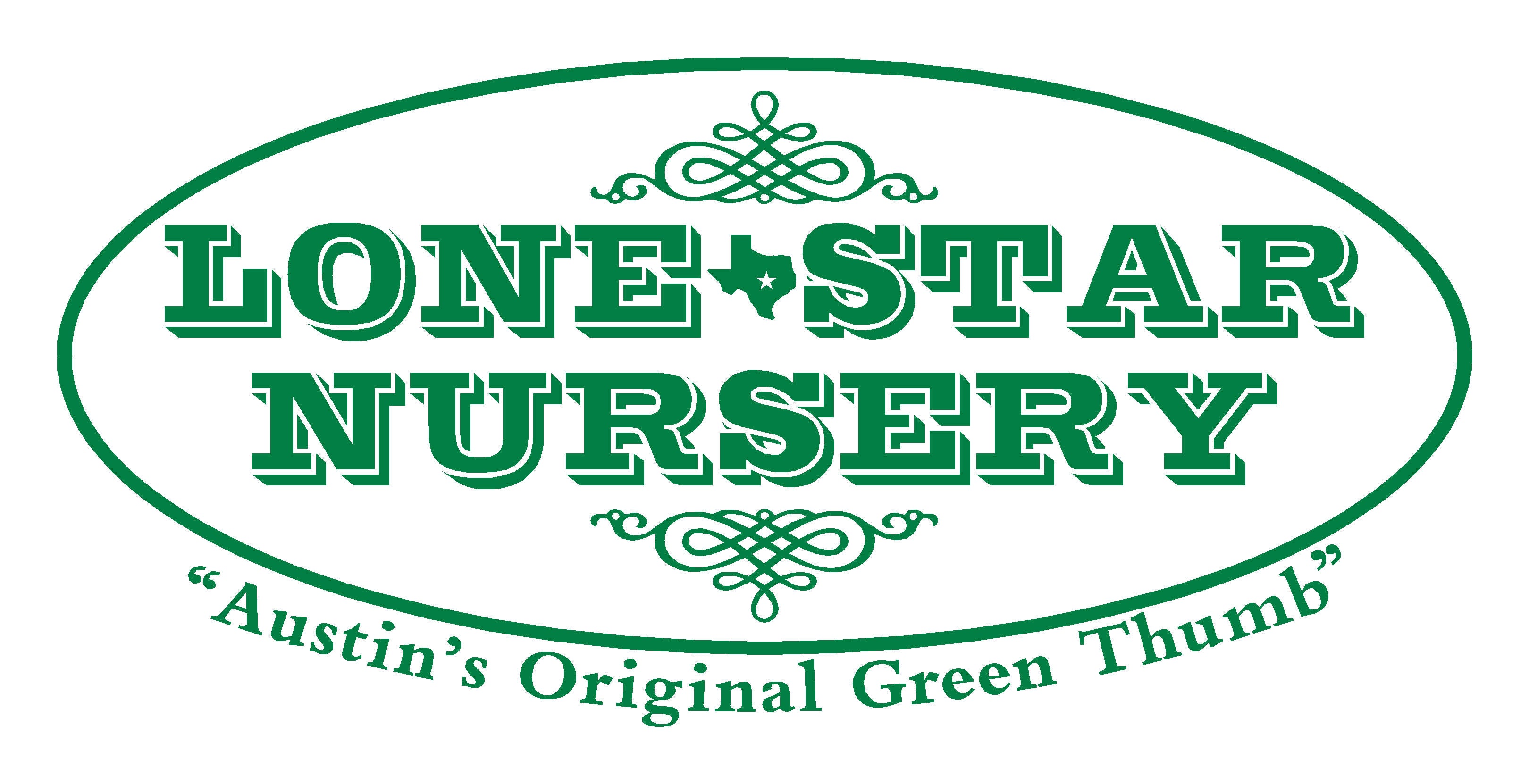APPLE 'Hudson's Ignotum' --Malus domestica 'Hudson's Ignotum'--
APPLE 'Hudson's Ignotum' --Malus domestica 'Hudson's Ignotum'--
Couldn't load pickup availability
Ready to grow a piece of apple history? This is one of our public experiments! We got this 2nd generation unknown apple from the homestead of living legend JL Hudson seed company proprietor. Though what we have is not a 100% genetic match to 'M sieversii' , we believe it is closely related to that ancient progenitor of the modern apple. M. sieversii hails from Central Asia’s Tian Shan mountains and is a genetic treasure. Its seeds, were brought to North America by 17th-century colonists and later by USDA expeditions (1989–1996) to preserve its disease-resistant traits. The parent of our offering was Planted at JL's boyhood home by a carpenter doing some fence mending 50+ years ago. It's a magic apple tree! Help us spread its genetics far and wide.
From JLHudson: "The town I grew up in, where the apple was in my folk's back yard in Redwood City, not a very nice name. The story was that one of the construction workers who built the house planted an apple core there. We lived on Virginia Avenue, so I sometimes called it the Virginia apple, just to people who knew the house and tree, but that makes it sound like it came from that state. It looks most like the old Macoun apple, but who knows? Just a wild guess, so probably best not to call it that. The tree lived 70-some years before it finally died, but there was a root-sprout coming along pretty nice last time I was there. Don't know if the new owners will keep it or not. For a while a few years back it made these big burl-like things around the base, covered with buds, but my mother's caretaker finally grubbed them out.
The apples are generally small and abundant, but do reach a reasonable size if thinned. They are red with a brown blush at the stem end, and often have a "glassy" transparent center that is very sweet. I loved them as a kid. I planted out the ones I had in pots last fall, and they are doing well."
The seeds need 90-180 days of cold stratification to germinate, but the payoff is worth it—unique, second-generation trees from an apple core’s legacy. Are they self-fertile? We’re not sure, but in urban settings, you’re covered. Crabapples (Malus coronaria, M. fusca, M. angustifolia, M. ioensis) and other apple trees abound, and pollinators like bees ensure cross-pollination. No need for two trees if you have a smaller yard—nature’s got this! Need more proof? Look to our local olives that appear all over town to fruit without a partner tree. Expect small apples, maybe tart “spitters,” but they’ll produce fruit. The real win? Preserving genetics through trial and error. These trees grow well from seed, offering a badass way to connect with apple origins. Our efforts at preservation are exciting, and with winged pollinators on the job, fruition is certain—*wink*. Join the movement, plant one of these apple trees, and grow a legacy that could reshape apple diversity. Save your seeds, experiment, and let’s see what grows!
Tags: Archived, Fruit, Nd, Perennial fruit, Tree/shrub
Share




